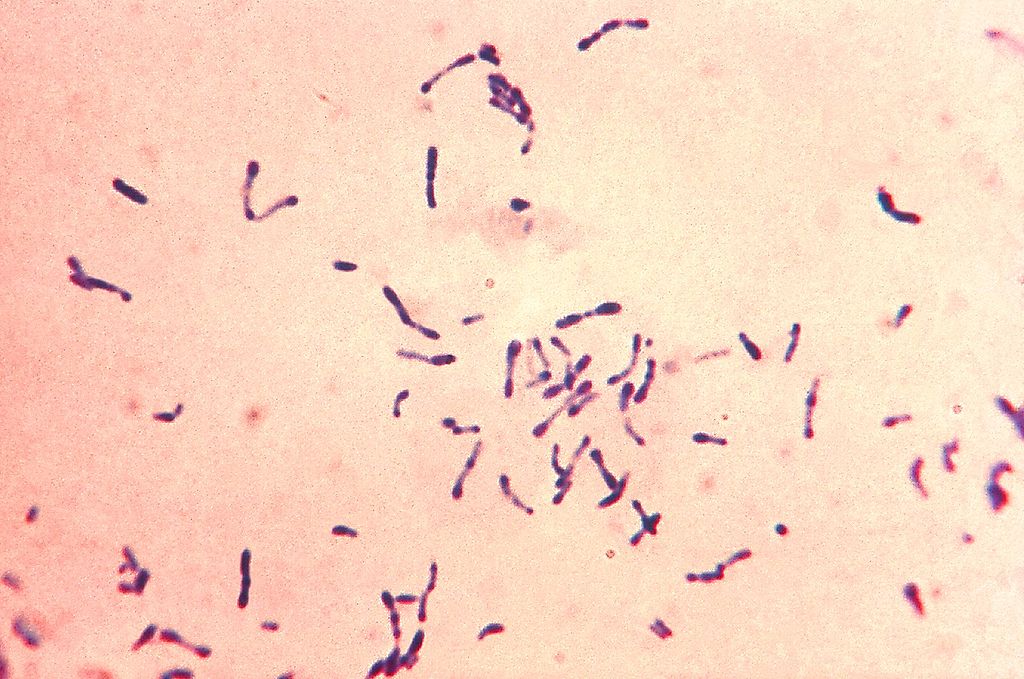After experiencing a massive Cholera outbreak that has infected almost 1 million people since summer, Yemen was hit with a massive spread of Diphtheria in late April of 2017, that is only now beginning to show signs of slowing down.
According to Mayo Clinic, Respiratory Diphtheria is a bacterial infection caused by Corynebacterium diphtheriae that affects the mucous membranes of the nose and throat. This causes a layer of thick grey material to coat the back of one’s throat and tonsils, which can block the airway. Other symptoms include a sore throat, fever, swollen glands, and general weakness. Diphtheria can be treated with diphtheria antitoxin and antibiotics, but if it reaches advanced stages, it can cause damage to the heart, kidneys, and nervous system. Approximately 5-10% of those infected, and an even higher percentage of youths under 15, die from the disease.
Diphtheria is spread through close physical and respiratory contact with infected people. As of early March 2018, Yemen has had over 1,200 suspected cases and approximately 70 associated deaths, according to the World Health Organization (WHO) and United Nations Children’s Fund (UNICEF). Since January, the case fatality rate (CFR) has decreased from an incredibly high 11%, to approximately 6%. Most of those infected are between the ages of 5 and 14, and almost 95% of deaths are occurring in those aged 5 to 18. Cases have been reported in 22 of Yemen’s 23 governorates, with almost 70% of the suspected cases concentrated in the Ibb governorate.
Although the infection is easily prevented with proper vaccination, the current conditions in Yemen make it difficult to get adequate medical care. According to VOA news, “diphtheria is a highly infectious but vaccine-preventable disease,” WHO spokesman Tarik Jasarevic said. “It can be treated with antitoxins and antibiotics, both of which are in short supply in Yemen… The rapid spread of diphtheria in Yemen highlights major gaps in routine vaccination and also means the health system is under severe strain.”
A young Yemeni girl suffering from Diphtheria gets treated by a healthcare worker.
Image Source: AFP / Contributor
In addition, according to MSF, diphtheria can be especially hard to treat in Yemen because health providers have not been exposed to many cases before. “Diphtheria has been eradicated from most countries after systematic childhood vaccination campaigns, and it’s become something of a neglected and forgotten disease,” said Marc Poncin, the Medicins Sans Frontiers emergency coordinator in Ibb. “There has been a concrete loss of knowledge regarding its treatment, and this is making it much more difficult for health workers to quickly and correctly identify, isolate, and treat cases.”
According to the WHO, the Ministry of Public Health and Population (MoPHP), WHO, and UNICEF are attempting to address these problems with their Diphtheria Task Force. The task force is focusing on supporting the clinical management of cases and contacts, creating a referral system to ensure that suspected cases are diagnosed and treated, establishing treatment and intensive care units in existing health facilities, and aiding in treatment by providing hospital equipment, antibiotics, and diphtheria antitoxin (DAT) to affected areas.
Vials of DAT are being continuously distributed throughout affected areas, and the WHO, UNICEF, and MoPHP have developed a community engagement strategy in order to promote vaccine uptake, educate the public about diphtheria, and teach health care providers about the referral system. In addition, the Sustainable Development Foundation (SFD) and WHO have developed a “train the trainers” program, which features a curriculum for training health professionals about Diphtheria case management and response, but has yet to be approved by the local authorities.
Feature Image Source: Diphtheria by Centers for Disease Control and Prevention’s Public Health Image Library










